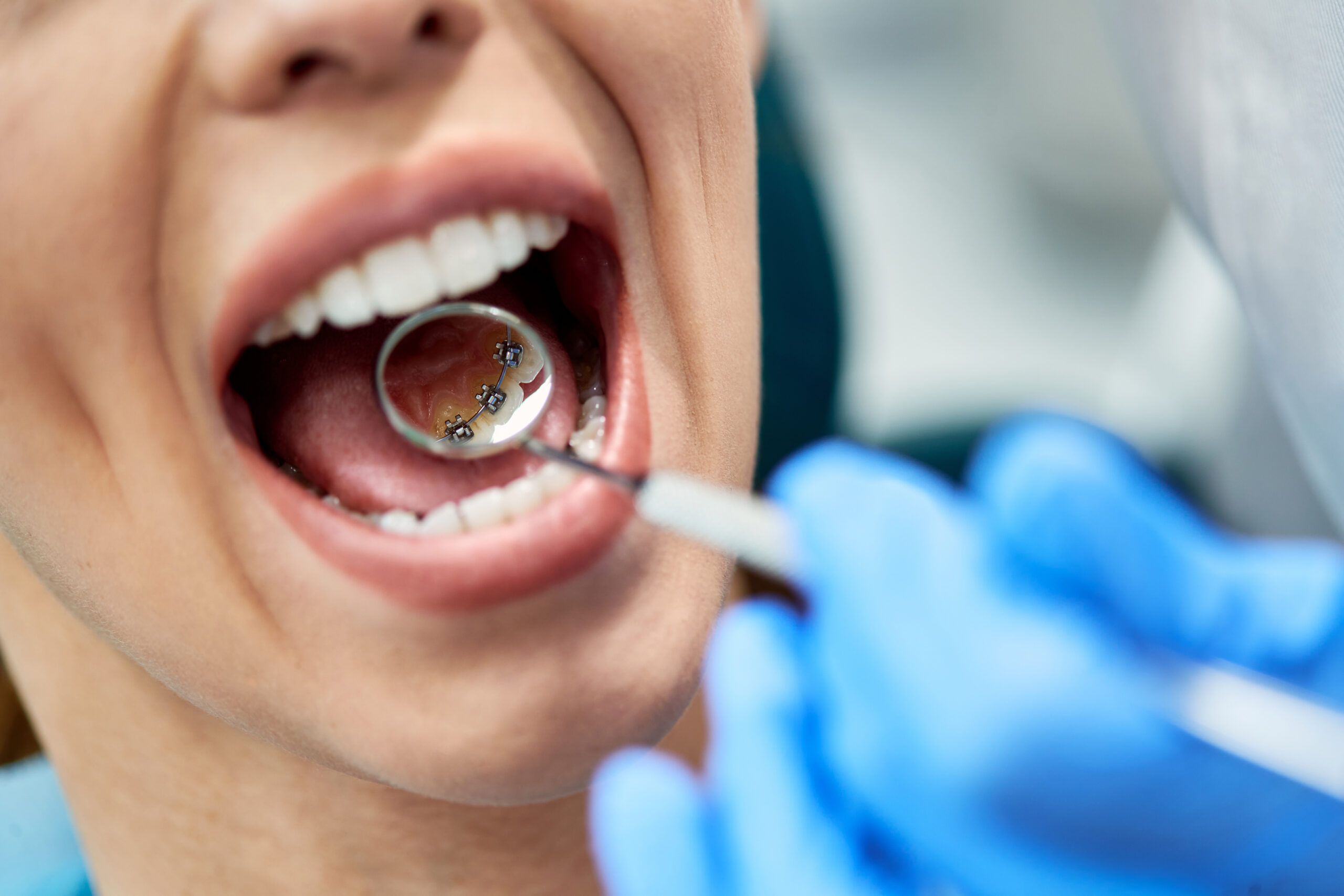The Of Legacy Orthodontics
The Of Legacy Orthodontics
Blog Article
Not known Details About Legacy Orthodontics
Table of ContentsThe Only Guide to Legacy OrthodonticsThe Greatest Guide To Legacy OrthodonticsThe Best Strategy To Use For Legacy Orthodontics9 Simple Techniques For Legacy OrthodonticsNot known Details About Legacy Orthodontics
At Advanced Orthodontics, we give patients with a holistic treatment experience. On top of that, we provide adjustable therapy routines, adaptable repayment options and a fun, pleasurable experience. leesburg braces. Call ( 480) 357-4900 today to find out more and routine a visit.An orthodontist is a dental expert educated to diagnose, prevent, and treat teeth and jaw irregularities. Orthodontists work with people of all ages, from youngsters to grownups.
Malocclusion, or misaligned teeth, can lead to oral concerns, consisting of tooth decay, periodontal illness, and challenging or agonizing chewing. Not everyone is born with straight teeth. If you have a bad bite or large areas in between your teeth, you might wish to consult a dental expert focusing on orthodontic care.
Not known Details About Legacy Orthodontics
( Image Credit Rating: DigitalVision/Getty Images) Orthodontists utilize taken care of and detachable oral tools, like dental braces, retainers, and bands, to change the setting of teeth in your mouth. Orthodontic therapy is for oral abnormalities, consisting of: Misaligned teethBite issues, like an overbite or an underbiteCrowded teeth or teeth that are as well much apartJaw misalignmentThe goal of orthodontic treatment is to boost your bite.
While you might believe of orthodontists as primarily for kids or teenagers that require braces, they can fix dental problems at any age. Orthodontists attend college, oral school, and orthodontic school.
All orthodontists are dentists, but not all dentists are orthodontists. Orthodontic residency programs use extensive, concentrated instruction for oral professionals. They focus on two locations: Exactly how to correctly and safely relocate teeth How to effectively direct growth in the teeth, jaw, and faceOnce an orthodontist has actually completed training, they have the choice to end up being board licensed.
Legacy Orthodontics Fundamentals Explained
Misalignment, or malocclusion, is one of the most usual reason people see an orthodontist. It is genetic and is the outcome of dimension differences in between the top and reduced jaw or in between the jaw and teeth. Malocclusion brings about tooth congestion, a twisted jaw, or irregular bite patterns. Malocclusion is typically treated with: Your orthodontist affixes steel, ceramic, or plastic square bonds to your teeth.
If you have just small malocclusion, you may have the ability to make use of clear dental braces, called aligners, rather than conventional dental braces (https://hub.docker.com/u/legacyortho). Some people need a headwear to help relocate teeth right into line with stress from outside the mouth. After braces or aligners, you'll require to put on a retainer. A retainer is a custom gadget that maintains your teeth in position.
They can create additional room in the mouth without having to pull teeth. Orthodontists utilize wires, surgical screws, or plates to sustain your jaw bone.
You may need to see an orthodontist if you have: Crowding or not adequate room for all of your teethOverbite, when your top teeth come by your base teethUnderbite, when your bottom teeth are too far forwardSpacing or concerns with gapsCrossbite, which is when your upper teeth fit behind your base teeth when your mouth is closedOpen bite or an upright void in between your front base and top teethMisplaced midline, when the facility of your base and top teeth don't line up Fixing an oral malocclusion can: Make biting, eating, and speaking easierImprove the balance of our face and your general appearanceEase pain from temporomandibular joint conditionsSeparate your teeth and make them simpler to leesburg orthodontics cleanse, assisting avoid tooth degeneration or tooth cavities It's often a dentist who initially notices misaligned teeth during a routine examination.
Legacy Orthodontics Things To Know Before You Get This

Throughout your initial orthodontic appointment, you'll likely have: An oral examPhotos taken of your face and smileDental X-raysPanoramic (360 degree) X-rays of your face and headImpressions to develop mold and mildews of your teethThese examinations will certainly assist your orthodontist recognize just how to proceed with your therapy. orthodontist. An orthodontist is a dentist who's had training to treat your teeth and jaw
Orthodontists may carry out surgery, exams,X-rays,and even more to aid you acquire an extra comfortable, much healthier smile. An orthodontist is concentrated on your bite, so something like a cracked tooth would certainly be managed by a dental expert. Orthodontists are dental professionals yet not all dentists are orthodontists. Orthodontists are focused on your bite, or the method your teeth meshed, and the straightness of your teeth.
Ever before wondered how stars always appear to have completely lined up teeth? Orthodontists are dental experts who focus on correcting abnormalities in the teeth and jaws.
Unknown Facts About Legacy Orthodontics

While dental braces are one of the most commonly identified orthodontic treatment, orthodontists have a diverse toolkit at their disposal. The specific technique picked relies on the extent of the situation, the patient's age, and individual preferences. These tried-and-true braces utilize a system of brackets adhered to the teeth and linked by wires.
Clear aligners, like Invisalign, are a prominent option for patients seeking an extra discreet therapy choice. These removable trays are tailor-made to gradually shift the teeth's setting. Headgear may be used along with braces or aligners to apply additional targeted forces, particularly for correcting jaw disparities. In situations of slim jaws, palatal expanders can be made use of to create space for appropriate tooth positioning.
Report this page